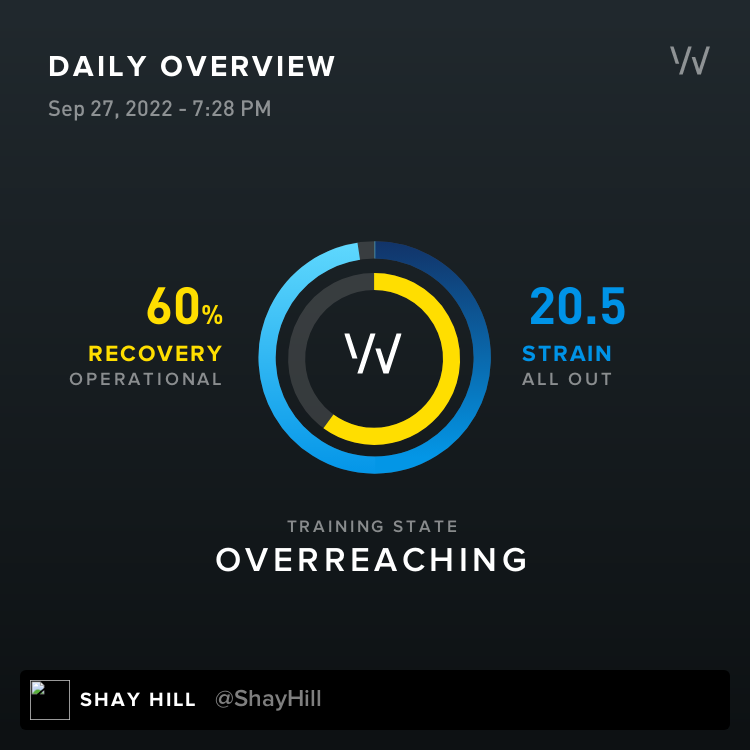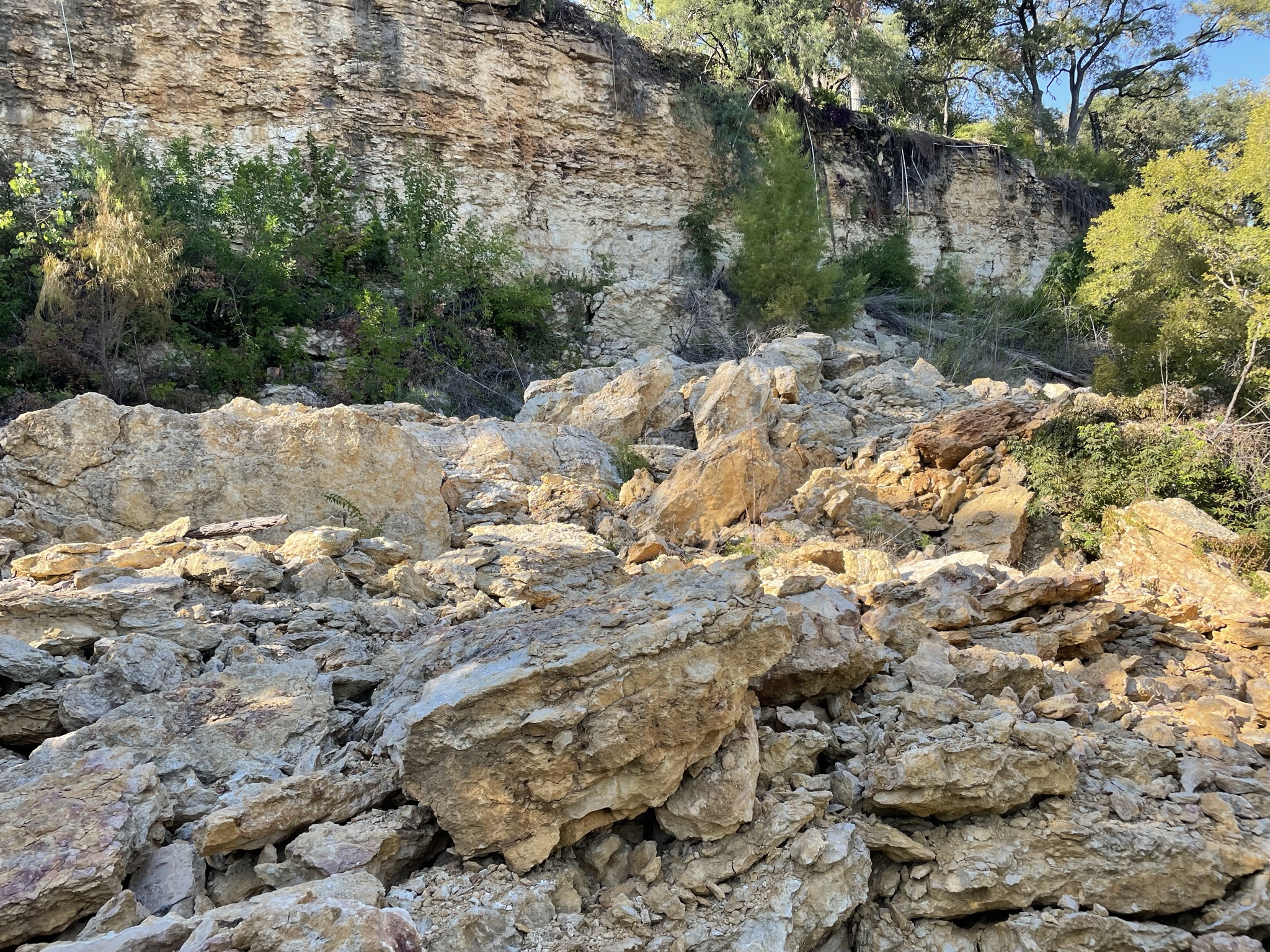How Hard is Hard Work?
According to Plutarch, the first marathon was run in 490 BC, when Greek messenger Pheidippides, after the Battle of Marathon, ran non-stop from Marathon to Athens, burst into the Athenian assembly hall, exclaimed, “We have won!”, then promptly collapsed and died from exhaustion.
Since that time, the word “marathon” has been synonymous with exhaustion, so much so that we commonly dismiss another person’s hard day at work with, “Sure, but they didn’t exactly run a marathon.”
Let’s look at that.
A marathon is strenuous!
The WHOOP activity strap measures strain on a scale from 1 to 21. 21 is the max, and it would literally kill you. From the WHOOP strain description, which specifically mentions a marathon:
The WHOOP strain algorithm is logarithmic, meaning the higher your strain gets the harder it becomes to build more. … It is much easier to go from a 0 to 10 strain than it is to go from a 10 to 20. Hypothetically, running a marathon might lift your day strain to 20.4 or 20.5.
WHOOP
No one has ever gotten a 21, not even after a marathon.
How does this compare to a day’s work?
Here is a screenshot of my WHOOP strain score after a day of hiking and cycling. Specifically, I was alternately pedaling my BMX bike through paved hills and hiking off-trail carrying 30 pounds of bike and lock across my back. The word “cycling” often conjures images of spandex-clad figures bent into aerodynamic positions, gracefully “crushing miles” on ultralight carbon frames, but what I did was a lot closer to the kind of manual labor we frequently expect of field personnel.

My 20.5 strain was at the upper end of WHOOP’s hypothetical marathon zone. WHOOP cautioned me about “overreaching”, and I did work hard, but I also took breaks, enjoyed the scenery, had a quick dip in a cool stream, and ate a good lunch. I never once got in a hurry, and I didn’t “work” more than 8 hours. I spent over 5 hours driving that day.

So how was this as strenuous as a marathon?
Important things to remember:
- Marathon runners don’t just train to be fit, they train to be efficient. Varied activities with sub-optimal body positions (we call that “work” in the trades) is inefficient.
- Strain is individual. Exertion, exhaustion, strain, and maximum heart rate are relative to physical condition. For some of us, a marathon is a marathon, for others, a marathon might be unpacking and packing to move into a new office.
- Strain is cumulative over hours, days, and weeks. A mid-week, five-hour marathon with three days of rest and recovery on either side might produce less strain—even less peak strain—than a 40 (in some industries, 80+) hour week of intermittent labor.
So, field personnel are indeed running marathons. Two 15-minute breaks and a half hour for lunch aren’t enough to recover from this kind of strain. The key is to avoid overreaching in the first place. Rotate tasks, use load-handling equipment whenever possible, and don’t rely on overtime as a “Plan A”.
And just because it’s interesting
A picture can say a lot when is “says a thousand words”, but maybe more when it shows a few thousand years. From my son’s perspective, the Internet has been going on forever, but history has another perspective.





